
In October, Guanacaste will learn the result of an ongoing tussle with Puntarenas that began over 100 years ago and whose prize for the winning province is an additional seat in the Legislative Assembly.
Cóbano, Lepanto, Paquera and Isla Chira, districts on the peninsula that currently belong to the central canton of Puntarenas, could return to Guanacaste thanks to a 2015 proposal by former legislator Mario Arredondo.
The Voice of Guanacaste spoke with politicians, economists and historians about the changes that would occur on the peninsula and to the disputed districts, which would add an additional 11 percent of territory and 7 percent of population.
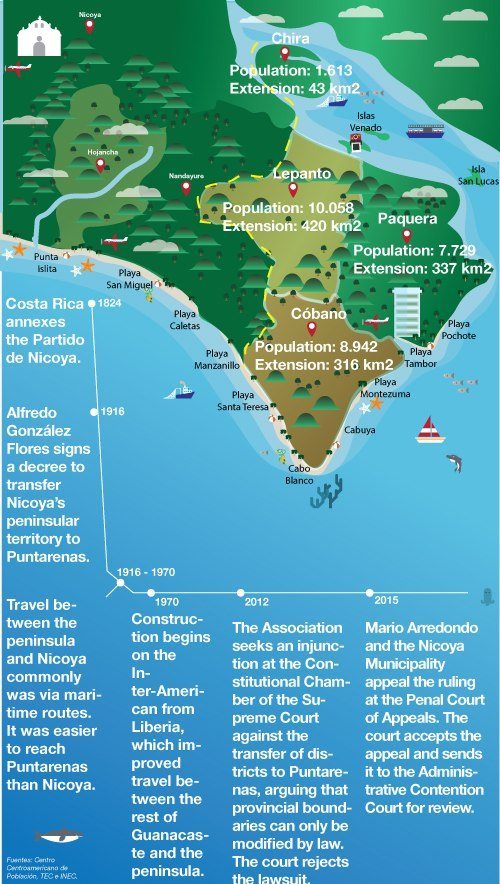
Beyond what Mario Arredondo calls a “historic debt,” the most palpable gain for the province is an additional legislative seat, and for the districts, the formation of their own canton.
Historic Pride
Arredondo is president of the Association for the Recovery and Development of the Nicoya Peninsula and Its Islands (Asociación para el Rescate y Desarrollo de la Península de Nicoya y sus Islas, in Spanish). He says a decree signed by ex-President Alfredo González Flores in 1916 to transfer the districts to Puntarenas is illegal, because the Political Constitution of 1871 stated that only a law could change the province’s borders. The Constitution of 1949 states the same.
So what do residents who would be affected think? In short, those who live on the peninsula have mixed feelings about to whom they belong.
Gonzalo Chaves, a historian from Jicaral, Puntarenas, said people here have been influenced by the cultures of both provinces, particularly in the border areas between the two.
“People from the peninsula enjoy corridas (Costa Rican-style bullfights), but we also like to eat piangua clams,” Chaves said.
Although some prefer to stay in Puntarenas and others in Guanacaste, one thing is clear: Locals don’t want to join to a Guanacaste canton, but rather form their own, which would be named “Peninsula.”
Luis Alberto Almanza, secretary of the Pro-Canton Peninsula Association and a native of Jicaral, said that residents are most interested in forming their own canton to better administer their resources, and they prefer to join Guanacaste.
If the Administrative Contention Court, which is hearing the case, rules against it, the association would organize a plebiscite to take the issue to a popular vote.
What Adding a Lawmaker Would Accomplish
With the addition of peninsular territory, some 1,100 people would join the Chorotega province – an increase of 7 percent – adding a legislative seat to Guanacaste, which currently has four lawmakers.
Guanacaste lawmaker Juan Marín said that adding a legislative seat is crucial to finalizing the Guanacaste Legislative Affairs Commission, formed under the current administration. Legislative commissions are composed of a minimum of five lawmakers, and currently one of the Guanacaste commission’s lawmakers comes from outside the province.
Issues discussed in the new commission include water supply and access in the province, municipal business and tax creation, licensing and public service agencies in various cantons.
According to Marín, the addition of a lawmaker would help consolidate the group and allow members to exert more pressure to attract benefits for the region in the drafting of national legislation.
In theory, said political scientist Daniel Calvo, an additional lawmaker in the province would add clout to help influence government, if it was part of the opposition. But, he said, this person must be someone who “defends the province and intends to bring new projects if elected.”
But more important than where a lawmaker is from is his or her political affiliation, he added.
Treasured Scenery
It is no secret that the districts of Cóbano, Lepanto, Paquera and Isla Chira have unparalleled natural beauty, such as Santa Teresa and Montezuma. Guanacaste would gain new riches, but those gains don’t necessarily include financial ones.
Economist Rudolf Lucke, from the University of Costa Rica’s Institute of Economic Research, said that budgets aren’t distributed according to province, but rather by canton.
In Costa Rica, distribution of financial resources is conducted according to annual operational plans presented by each municipality to the Comptroller General’s Office. These plans are crucial to determining how budgets are distributed. In other words, the province of Guanacaste would obtain no additional funding as a result of transferring the four districts. That additional funding would correspond to the new canton.
Tourism economics also likely wouldn’t be significantly affected. According to Priscilla Solano, president of the Guanacaste Tourism Chamber, although the province would gain more natural resources and greater diversity in terms of attractions, there would not be a monetary impact, because government promotional campaigns abroad highlight the country as a whole, not specific provinces.
Solano said the destinations that would benefit are those located on the peninsula, as Guanacaste is a well-positioned name internationally and in Google rankings.
“When planning trips to Guanacaste tourists may find more sites to visit,” she said.
For now, the court’s pending ruling in October is one more chapter in the ongoing struggle over peninsular territory. While Guanacaste is focused on political gains, the affected districts have their sights set on a new municipality to administer their own resources. It’s a struggle that – at least for the moment –is a complementary one.


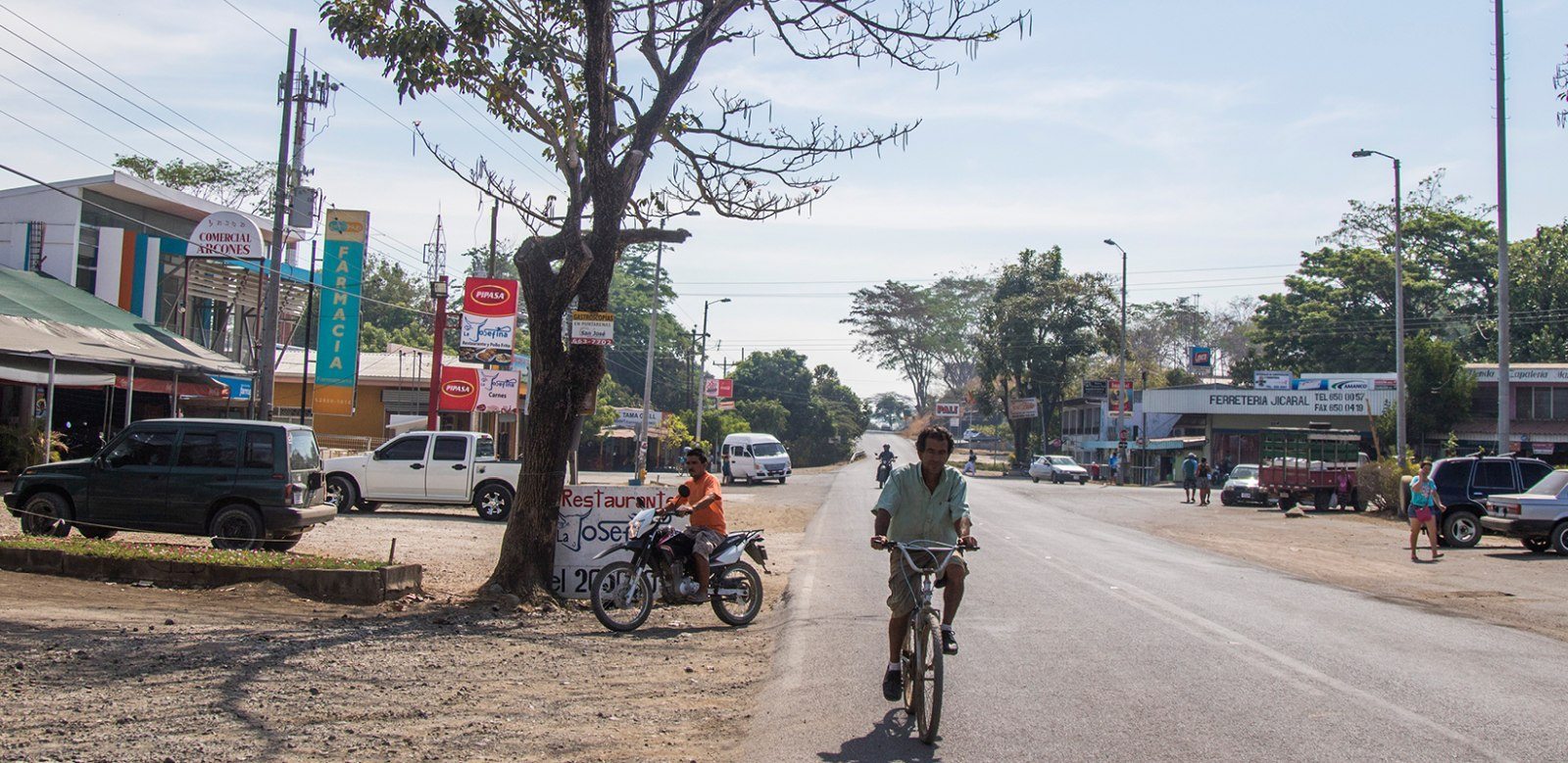
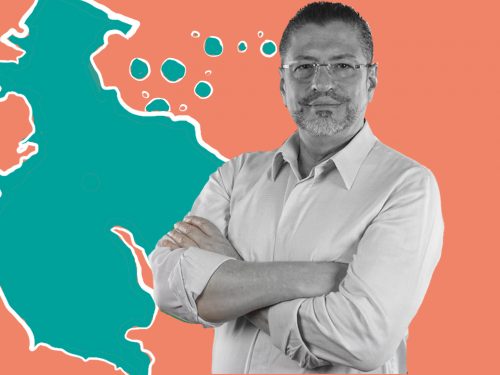
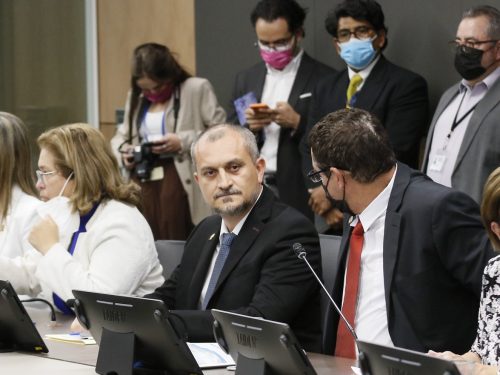
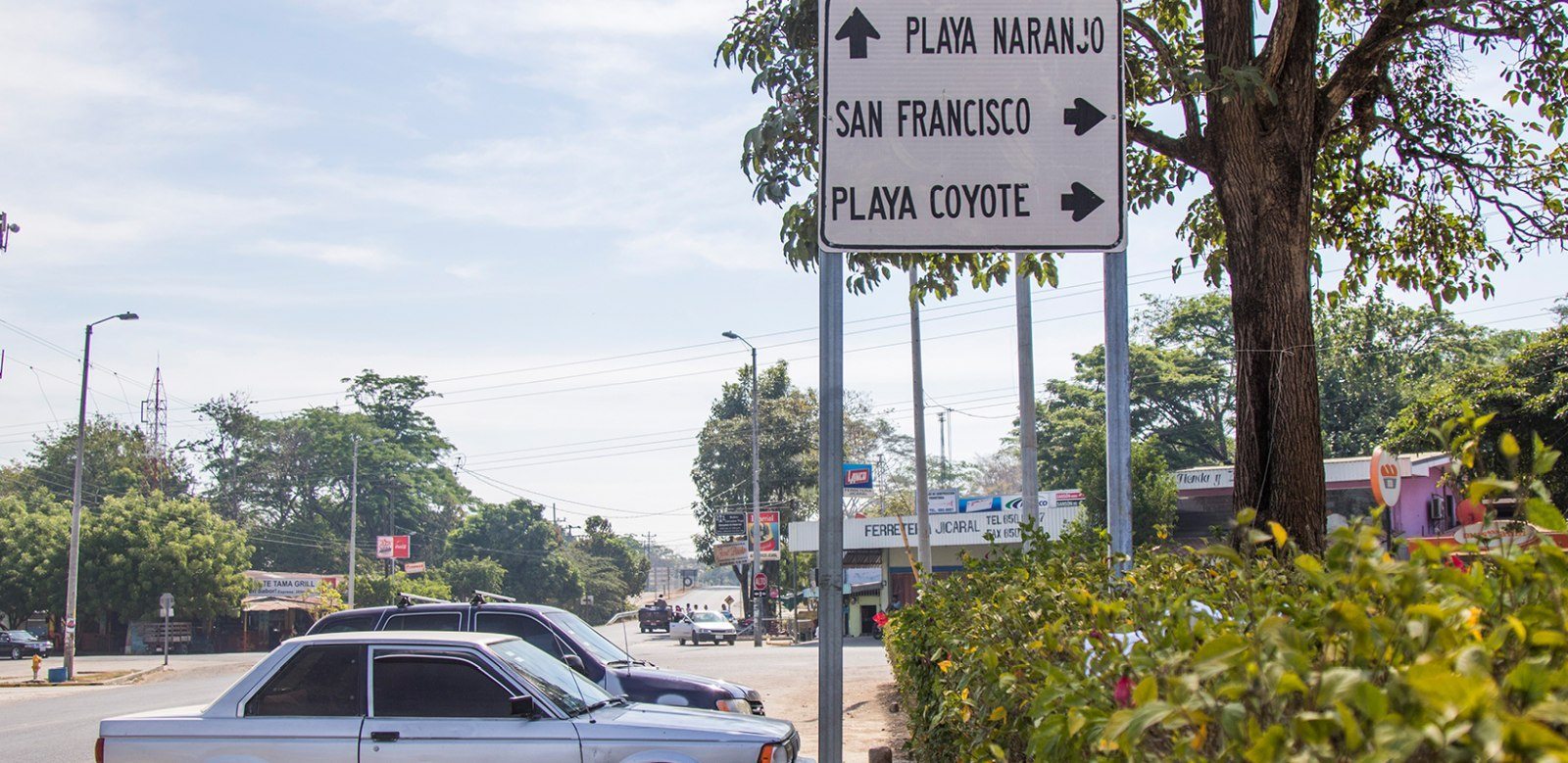

Comments